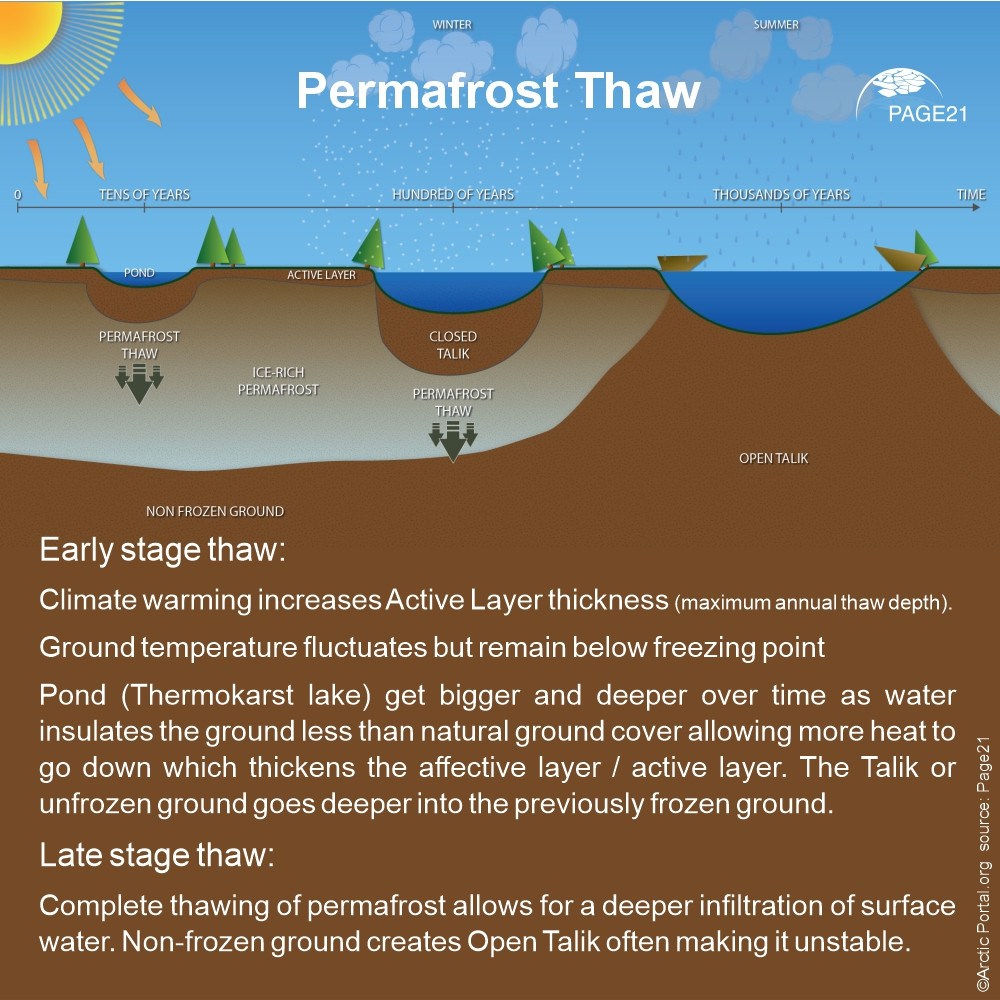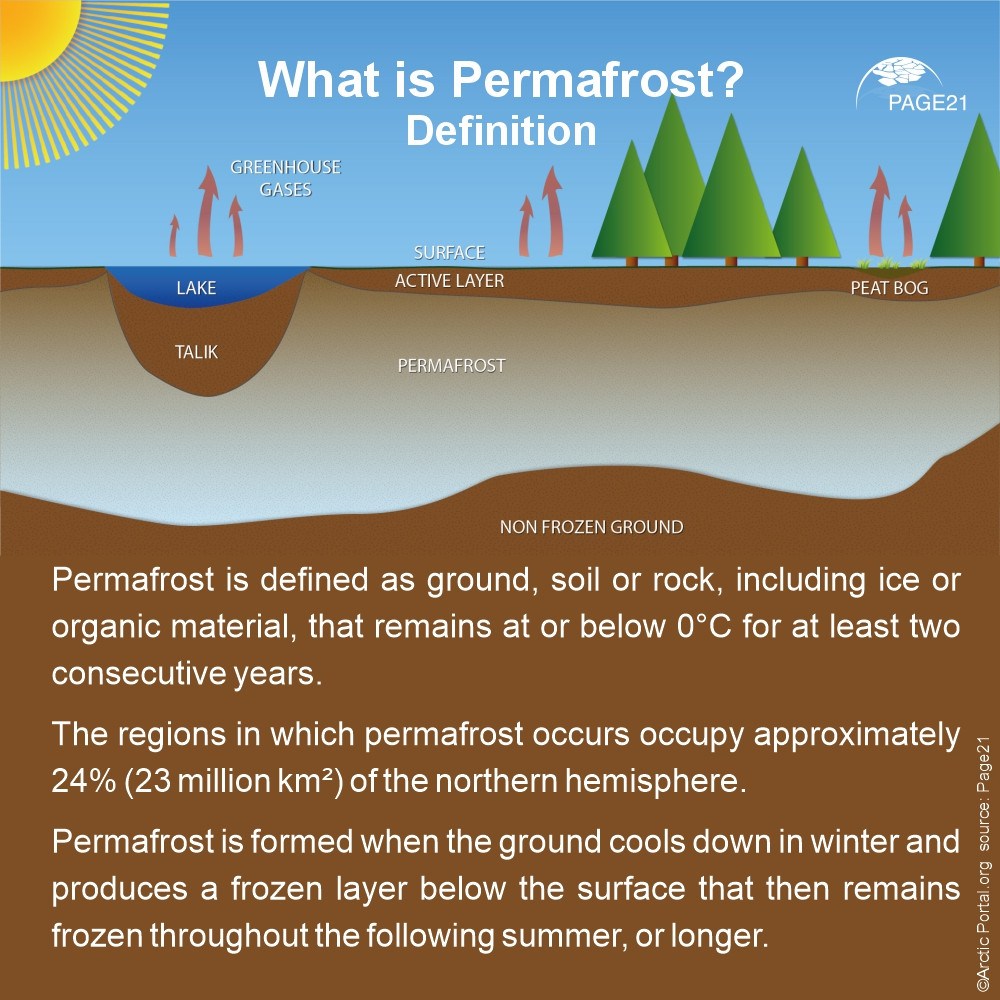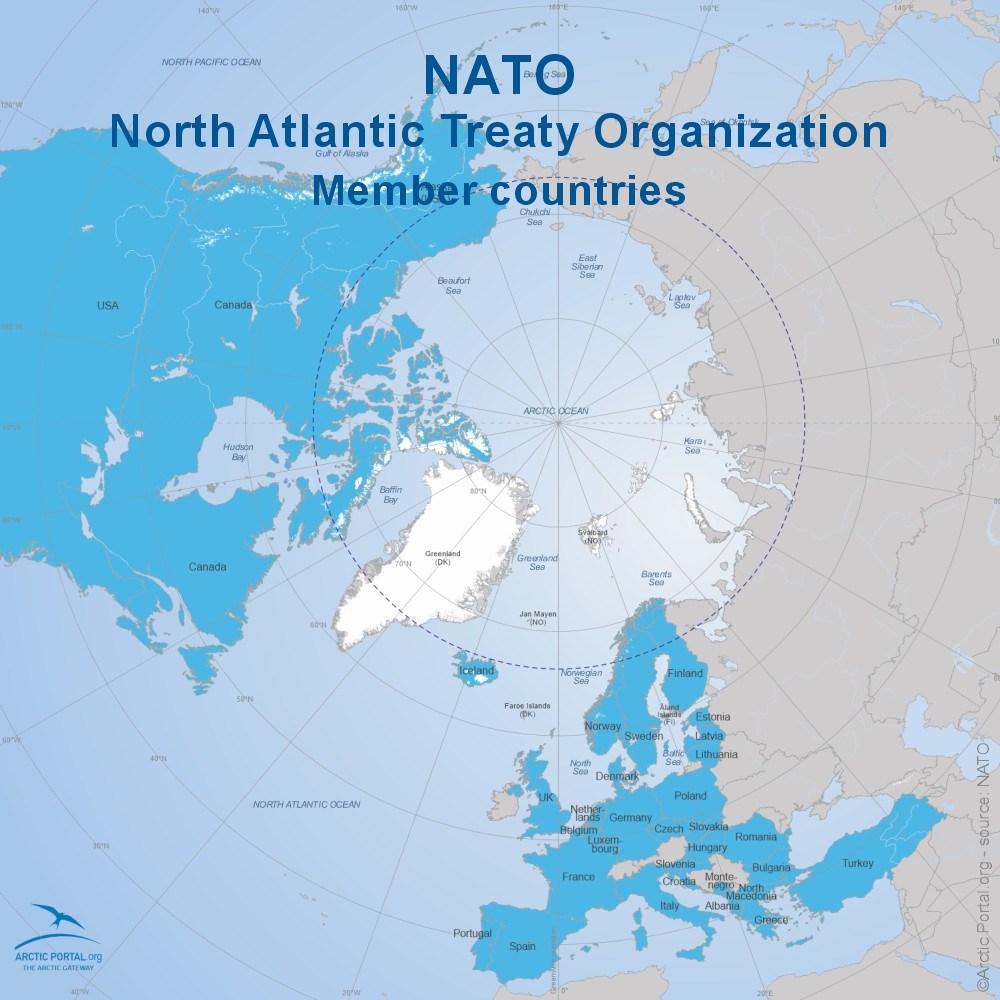Quick Facts
Quick facts give you valuable resources to learn quickly about different things of significance in the Arctic categorized in the following main categories

Graceful inhabitants of the Arctic and sub-Arctic oceans, beluga whales are gentle creatures, also know as "sea canaries" due to their melodic vocalizations.

The Bowhead whale or Greenland right whale thrives in the icy waters of the Arctic and sub-Arctic regions. This marine giant is not a social animal, typically travelling alone or in small pods of up to six.

Energy is a fundamental concept in physics that describes the ability or capacity to do work. It comes in various forms, renewable and non-renewable, and can be transformed from one type to another.

Most of the permafrost existing today was formed during the last ice age, from approximately 110,000 to 10,000 years ago. Thicker permafrost was formed in areas that were not glaciated because of the ground surface was exposed to cold air instead of been covered by glacier.

Coastal erosion is the gradual loss of land and sediment along coastlines, a phenomenon prevalent in the Arctic due to a mix of thermal and mechanical drivers.

Permafrost is defined as ground, soil or rock, including ice or organic material, that remains at or below 0°C for at least two consecutive years.

A database of metadata for finding and accessing systems and related organizations that coordinate or track observing activities & infrastructure in the polar regions.
Arctic Portal.org - 2025 © All rights reserved.
When quoting, reusing or copying any material on the arcticportal.org or any of its sub-sites including but not limiting to: information, news, articles, data, maps or images, in part or in full, a citation stating the origin and a hyperlink to www.arcticportal.org is required.








